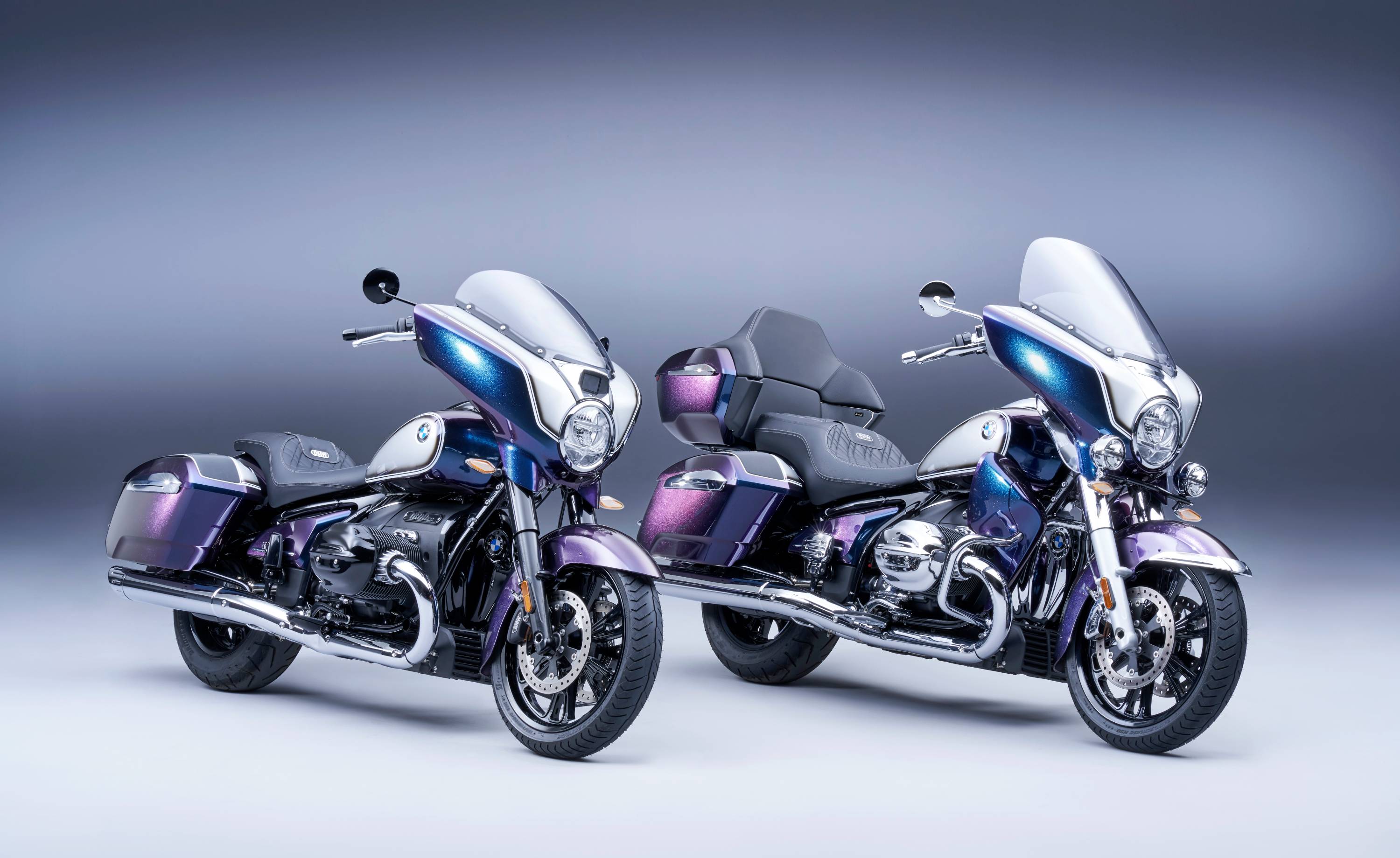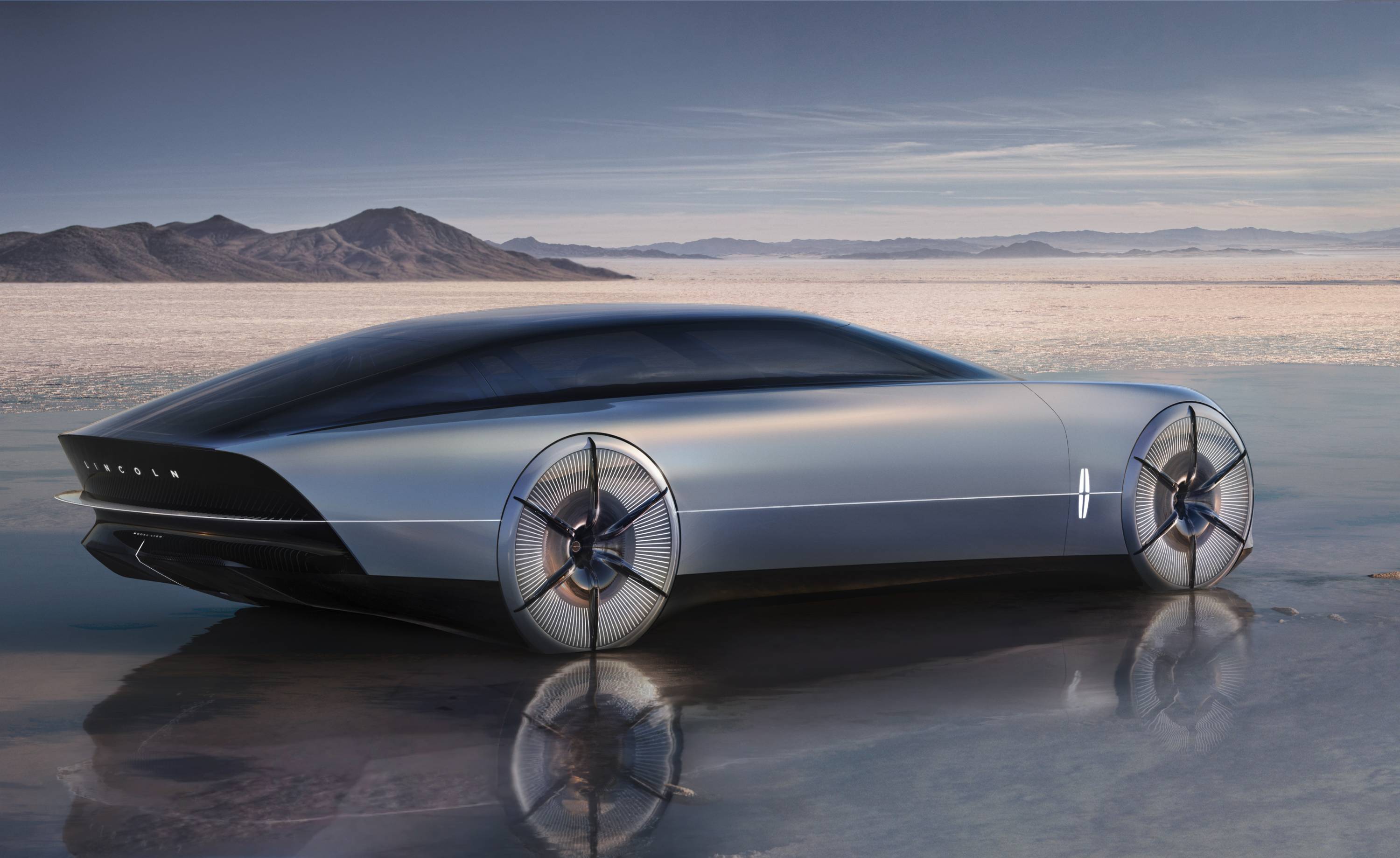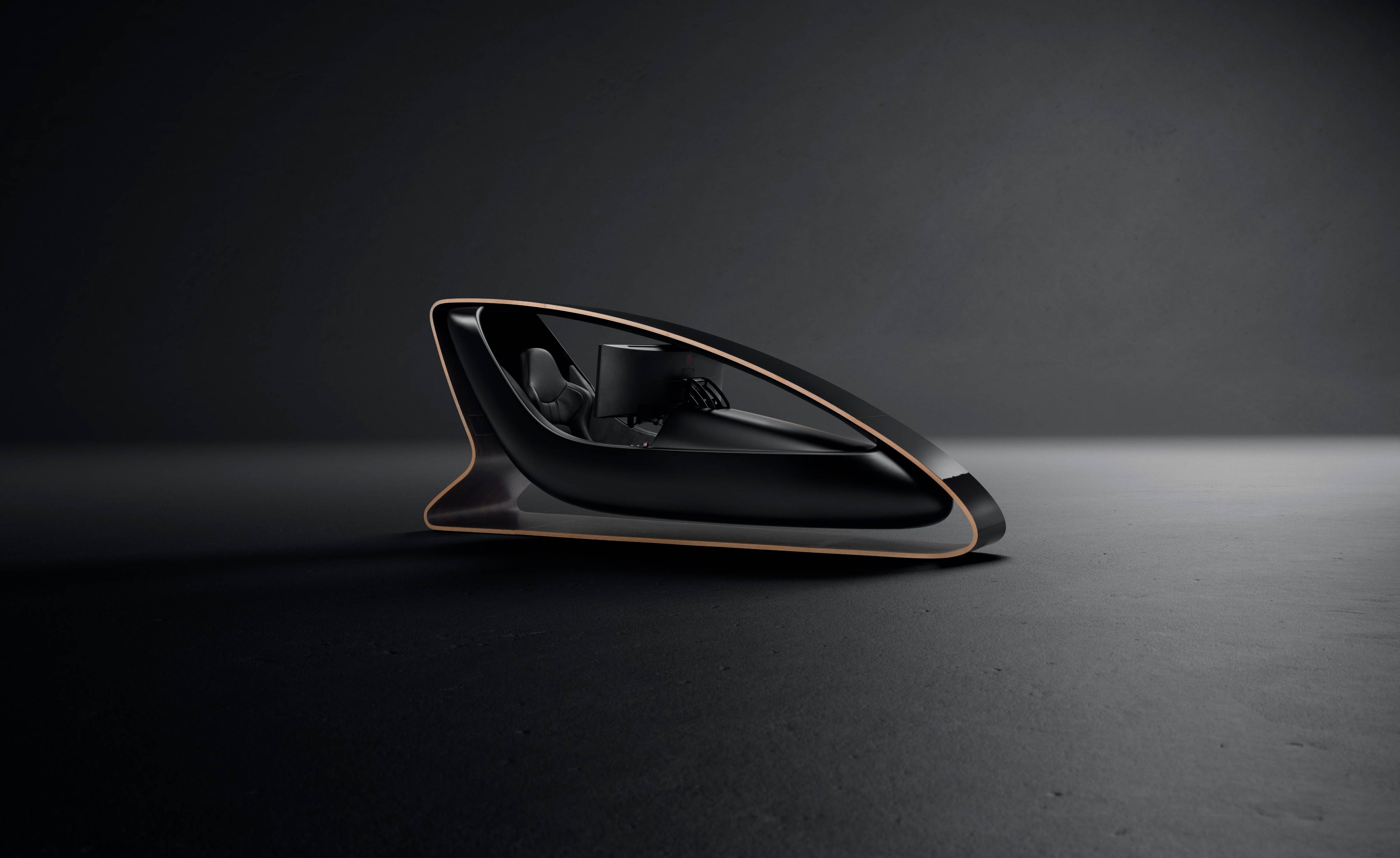Porsche 911 Turbo S
Once upon a time there was only the simple Porsche 911 Turbo. Introduced in 1974, the Turbo spliced a boost system into the already rather wayward 911, creating a machine that was part initiation, part ultimate status symbol. Its lavish power was symbolised - and apparently tamed - by wide wheel arches and a vast aerodynamic rear wing, a wretched disruption of design purity to its critics and an essential symbol of status and intent to its owners.
The Turbo has continued to sit at the top of the 911 family, following it through its various evolutions. When the Stuttgart-based sports car builder introduced the 997-series 911 in 2005 it also created a 'one-louder' special, the 911 Turbo S, that sent the marque even further upmarket and gave the company's countless engineers yet another challenge: how to extract more performance from one of the quickest cars on the market.
The new generation 911 Turbo S is more of the same. The generation jump between 997 and 991 (Porsche's nomenclature is nothing if not confusing) was one of the most marked in the 911's 50-year career, visually and technologically. As we've previously reported, the 991 is very much in the spirit of the half-century-old original, even though its proportions have slowly but surely changed over the decades. The wing and flared wheel arches are all present and correct, and the car definitely feels a lot heftier than its lesser siblings.
Get behind the wheel and you're instantly reminded why Porsche has an unassailable reputation for ergonomics. There are few cars that feel as 'right' as a 911, both in terms of how you sit and see the road ahead and how the dials and switches fall to hand and work so intuitively. Fire up the six-cylinder engine and move off - the only option is Porsche's excellent PDK gearbox - and you're also reminded of how easy and comfortable this car is to drive. In town, the performance is largely redundant, but once the road opens up there's a marvellous fluidity in the mix of high horsepower and cornering wizardry. The Turbo S clacks through the gears with ease, all the while feeling stuck to the road. Potential owners should have easy access to a mountain pass, safe in the knowledge that their nerves will almost certainly expire before the car's limits are reached.
The simplification of the supercar experience is a contemporary trend - more and more people are stepping into vastly powerful cars with less and less experience, so manufacturers are perhaps wary of making their wares too extreme. There'll always be a market for the truly outlandish, but 911 Turbo S owners usually have the last laugh, with a car that's far more usable, comfortable and luxurious than any Italian exotic.
The numbers state the case baldly; this is a near 200mph machine, capable of accelerating to 62mph in under three seconds. It's also bedecked in active aerodynamics, including front and rear spoilers that extend and manipulate themselves to improve airflow at speed (and avoid expensive grinding around town). That little 'S' is an expensive addition, for it adds £20k to the price of the regular Turbo, but automotive one-upmanship has always been a costly hobby. Neophiliacs might want to hang on until the new, faintly retro-looking Targa models arrive this summer, but for now the Turbo S is the king of the 911 hill.
Receive our daily digest of inspiration, escapism and design stories from around the world direct to your inbox.
Jonathan Bell has written for Wallpaper* magazine since 1999, covering everything from architecture and transport design to books, tech and graphic design. He is now the magazine’s Transport and Technology Editor. Jonathan has written and edited 15 books, including Concept Car Design, 21st Century House, and The New Modern House. He is also the host of Wallpaper’s first podcast.
-
 Winston Branch searches for colour and light in large-scale artworks in London
Winston Branch searches for colour and light in large-scale artworks in LondonWinston Branch returns to his roots in 'Out of the Calabash' at Goodman Gallery, London ,
-
 The most anticipated hotel openings of 2026
The most anticipated hotel openings of 2026From landmark restorations to remote retreats, these are the hotel debuts shaping the year ahead
-
 Is the future of beauty skincare you can wear? Sylva’s Tallulah Harlech thinks so
Is the future of beauty skincare you can wear? Sylva’s Tallulah Harlech thinks soThe stylist’s label, Sylva, comprises a tightly edited collection of pieces designed to complement the skin’s microbiome, made possible by rigorous technical innovation – something she thinks will be the future of both fashion and beauty
-
 Peugeot’s sparky 308 gets hybrid power and handsome lines
Peugeot’s sparky 308 gets hybrid power and handsome linesThe Peugeot 308 proves that mass-market design needn’t be dull, blending hybrid power with sharp lines and excellent detailing
-
 BMW Motorrad brings out the big guns for its newest cruisers
BMW Motorrad brings out the big guns for its newest cruisersBMW Motorrad R 18 Bagger and Transcontinental set the tone for high-voltage cruising with a brand collaboration with speaker specialist Marshall
-
 Dacia’s new Manifesto concept is a true outdoor utility vehicle
Dacia’s new Manifesto concept is a true outdoor utility vehicleUtilitarian auto brand Dacia sets a bold new agenda with its Manifesto, a concept car pitched at the active outdoor market
-
 The sun sets on traditional supercars at California’s Monterey Car Week
The sun sets on traditional supercars at California’s Monterey Car WeekMonterey Car Week, the world’s most prestigious car gathering, is showcasing ever-more extravagant special editions, coachbuilt cars and all-new electric concepts. Here are seven key machines from 2022
-
 Is McLaren’s GT a sports car, a tourer, or the best of both?
Is McLaren’s GT a sports car, a tourer, or the best of both?The McLaren GT is a capable all-rounder dressed up in svelte supercar clothes. It might also be the last of its type
-
 Rolls-Royce puts the Phantom back on its lofty pedestal
Rolls-Royce puts the Phantom back on its lofty pedestalA mid-life refresh ensures the flagship Rolls-Royce Phantom Series II is at the top of its game, a last hurrah for traditional engines before an electrified future
-
 Prodrive’s new racing simulator is shaped by Callum to be front of the grid
Prodrive’s new racing simulator is shaped by Callum to be front of the gridThe racing simulator shapes up – this new design from Prodrive and Callum is honed for the high-end games room
-
 928 by Nardone Automotive: a restomod Porsche with Gallic verve and Italian style
928 by Nardone Automotive: a restomod Porsche with Gallic verve and Italian style928 by Nardone Automotive is a gracefully modernised version of Porsche’s endearingly different 928